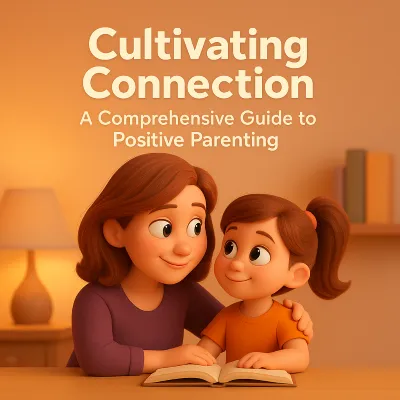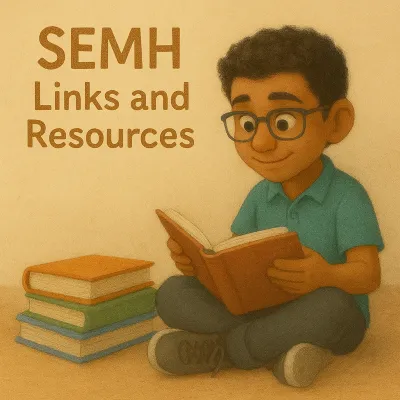Introduction
Being a parent means finding the right balance between keeping your child safe and giving them the freedom to grow. Research shows that most parents see their role as protecting their child from harm while also allowing them space to become independent.
When a parent takes on more of a “friend” role, this balance can be lost, which may lead to either too few rules or being too involved in a child’s life.
I’ve written this article with parents in mind. It’s short, clear, and free from complicated language, but still based on solid research. You’ll also find links to trusted sources if you’d like to explore the topic in more detail.
Why Boundaries Matter for Your Child’s Growth
- Boundaries are rules and limits that help children know what is expected.
- They guide behaviour, build confidence, and help children manage feelings.
- Without them, children can feel unsure, which may affect their mental health and learning.
- Being a loving parent doesn’t mean being a “best friend” — children still need guidance.
Did you know?
Research shows that children with clear boundaries have better emotional skills and cope better with life’s challenges (Rogoff, 2003).
Boundaries and Attachment: Giving Love with Limits
- A secure attachment means your child feels safe and loved.
- Limits within a loving relationship teach self-control and respect.
- Saying “no” sometimes is part of caring for your child.
Evidence:
Studies show that secure attachment plus clear rules helps children develop resilience (Colizzi et al., 2020).
Why Being a Parent Is Different from Being a Friend
- Friends are equals, but parents have the job of guiding and protecting.
- Warmth and kindness are essential, but so are rules.
- Children without limits may find it harder to follow rules at school or respect others.
Early Childhood: Building Strong Foundations
- Early years are key for brain growth and emotional learning.
- Consistent care and rules help children feel safe and ready to learn.
- Poor or inconsistent care can affect school success and social skills.
Did you know?
Early experiences shape brain development and social skills for life (Raikes & Thompson, 2008).
How Culture Shapes Parenting Boundaries
- Parenting styles can vary between cultures.
- Some cultures value independence, others focus on family closeness.
- Across all cultures, children benefit from clear guidance.
When Boundaries Are Missing: Early Childhood Risks
- Without rules, young children may:
- Struggle to manage feelings
- Have trouble following instructions
- Show more aggression or anxiety
- Neglect or poor care can affect mental health into adulthood.
Evidence:
Childhood neglect is linked to higher rates of mental health problems later in life (Colizzi et al., 2020).
Teen Years: Why Boundaries Still Count
- Teenagers may look more to friends, but still need guidance.
- Without clear rules, they are more likely to take risks such as substance use.
- Rules help them stay safe while developing independence.
Boundaries, Identity, and Emotional Skills
- Boundaries help teens work out who they are while feeling supported.
- They improve self-control, confidence, and relationships.
- Without structure, teens may have more emotional and behaviour problems.
How Parents Can Build Resilience in Children
- Join family support or parenting programmes.
- Keep positive routines at home.
- Learn your child’s needs and strengths.
- Seek support for yourself.
Evidence:
Parents who feel supported are less stressed and more able to care for their children (Suzuki et al., 2015).
Practical Tips for Setting Boundaries at Home
- Be clear and consistent – Explain rules and follow through.
- Match rules to age – Simple rules for younger children, more independence for older ones.
- Show love and warmth – Let your child know rules are for their safety.
- Avoid being just a friend – Guidance is part of care.
- Model behaviour – Show the respect and self-control you expect.
Looking Ahead: Supporting Parents and Families
- Parenting is easier with the right support.
- Communities, schools, and health services can all help.
- Early help and guidance make a big difference to children’s futures.

